Versatility training is a game-changer for decathletes aiming to boost their strength, speed, and agility across all ten events. Decathlon demands a unique blend of skills, requiring athletes to excel in sprints, high jumps, pole vaults, and various throwing events.
Incorporating multi-use resistance trainers into your routine can provide targeted workouts that enhance your performance and support injury prevention. Whether you're a seasoned competitor or just starting, discover how these versatile tools can help you master new skills and achieve your personal best across the board.
Join us as we explore the benefits and practical tips for integrating resistance trainers into your decathlon training program.
The Importance of Versatility Training

Benefits for Combined Event Athletes
Versatility training is essential for combined event athletes like decathletes. It helps develop a broad range of skills, enabling athletes to excel across different events. By incorporating multi-use resistance trainers, you can target specific muscle groups, improve overall flexibility, and build speed endurance. This versatile approach ensures that you don't just focus on your strong events but enhance your performance in weaker areas too.
For example, using resistance trainers can assist in building the explosive power needed for the high jump while also improving the upper body strength required for throwing events. As a result, versatility training helps you achieve a well-rounded fitness level, crucial for success in decathlon. Additionally, this type of training supports injury prevention, ensuring that your body remains resilient throughout the training year and competition season.
Enhancing Speed Endurance and Agility
Speed endurance and agility are crucial for decathletes, as these attributes influence performance in multiple events. Versatility training with resistance trainers can significantly enhance these skills. Resistance trainers provide dynamic workouts that replicate the varied demands of decathlon events. For instance, incorporating sprint drills with resistance bands can improve your speed and stamina, making you more efficient in sprints and long-distance runs.
Additionally, agility drills using these trainers can help you develop quick, precise movements necessary for events like hurdles and pole vault. By building both speed endurance and agility, you become more adept at handling the diverse physical challenges of decathlon. This training not only boosts your athletic ability but also ensures you maintain peak performance across the entire competition season.
In essence, versatility training equips you with the essential speed and agility needed to succeed in your best events and improve in those that require more focus.
Targeted Workouts for Overall Flexibility

Flexibility is a vital component for decathletes, impacting performance in events ranging from the high jump to throwing disciplines. Versatility training with resistance trainers offers targeted workouts that enhance overall flexibility. These tools allow for a wide range of motion exercises that stretch and strengthen muscles simultaneously.
For example, using resistance bands for dynamic stretches can increase your flexibility in key muscle groups. This improved flexibility can lead to better form and technique in activities like hurdles and jumps, allowing you to jump higher and reach farther. Flexibility exercises also contribute to better recovery, reducing the risk of injury and keeping you in top condition throughout the training year.
By incorporating targeted flexibility workouts into your routine, you can develop the agility and range of motion necessary to excel in all ten events. This holistic approach ensures that you are not only strong and fast but also flexible enough to perform at your best across the board.
Incorporating Multi-Use Resistance Trainers
Training Tools for Strength and Power
Multi-use resistance trainers are invaluable for building the strength and power needed in decathlon events. These tools offer versatile workouts that target various muscle groups, enhancing both upper and lower body strength. For instance, resistance bands can be used for squats and lunges to build leg power, crucial for sprints and jumps.
Similarly, incorporating resistance trainers into your upper body workouts can improve the strength required for throwing events. Exercises such as resistance band rows and chest presses help develop the muscle power needed to excel in shot put and javelin. By regularly using these training tools, you can ensure a balanced development of strength across your body.
Moreover, resistance trainers are compact and portable, making them easy to use at home or on the go. This flexibility allows you to maintain a consistent training regimen, ensuring that you build the necessary strength and power throughout the training year.
Improving Performance in Field Events
Field events in decathlon, such as the long jump, high jump, and throwing events, require a unique blend of strength, technique, and flexibility. Incorporating multi-use resistance trainers into your training routine can significantly enhance your performance in these events. These versatile tools help you build the explosive power needed for jumps and the muscular strength required for throws.
For example, resistance bands can be used for plyometric exercises to improve your jump height and distance. These exercises mimic the explosive movements you'll perform during events, helping you develop the necessary power and control. Additionally, using resistance trainers to strengthen your core and upper body can improve your throwing techniques, allowing you to generate more force and achieve greater distances.
Overall, resistance trainers provide targeted workouts that enhance the specific skills required for field events. By integrating these tools into your training program, you can improve your performance, develop new skills, and gain a competitive edge.

Practical Tips for Decathlon Training
Incorporating multi-use resistance trainers into your decathlon training can be straightforward and highly effective. Here are some practical tips to get you started:
-
Start with Basics: Begin with basic exercises like squats, lunges, and push-ups using resistance bands to build foundational strength.
-
Focus on Form: Proper form is crucial to avoid injuries and maximize benefits. Use mirrors or record yourself to ensure correct technique.
-
Mix It Up: Vary your workouts to target different muscle groups and keep your training interesting. Include a mix of strength, agility, and flexibility exercises.
-
Integrate with Traditional Training: Combine resistance training with traditional track and field workouts for a well-rounded routine.
-
Consistency: Consistency is key. Aim to incorporate resistance trainers into your workouts at least 2-3 times a week.
-
Progress Gradually: Start with lighter resistance and gradually increase as you build strength and confidence.
By following these tips, you can seamlessly integrate resistance trainers into your decathlon training program, enhancing your overall performance and achieving your personal best.

How to Get Started
Getting started with versatility training for decathlon is easier than you might think. Begin by incorporating multi-use resistance trainers into your existing workout routine. These trainers are versatile and can be used for a wide range of exercises targeting various muscle groups.
Start with basic exercises like squats, lunges, and push-ups to build foundational strength. Gradually introduce more complex movements, such as plyometrics and agility drills, to enhance your speed and flexibility. Focus on maintaining proper form to avoid injuries and maximize the benefits of each exercise.
Create a balanced training schedule that includes resistance training at least 2-3 times a week, combined with traditional track and field workouts. Consistency is key, so make sure to stick to your plan and progressively increase the intensity of your workouts as you gain strength and confidence.
By following these steps, you'll be well on your way to mastering versatility training and excelling in all ten events of the decathlon.

FAQs
How do you prepare for the decathlon?
Preparing for a decathlon requires a well-rounded training program that focuses on developing strength, speed, agility, and endurance. Start by setting a training schedule that includes a mix of workouts tailored to each of the ten events. Incorporate multi-use resistance trainers to target specific muscle groups and build overall flexibility.
Begin with foundational exercises, such as squats and push-ups, to develop basic strength. Gradually add more complex movements, like sprint drills and plyometrics, to improve your speed and explosive power. Make sure to include agility drills to enhance your coordination and quickness, which are crucial for events like hurdles and jumps.
Additionally, prioritize rest and recovery to prevent injuries and maintain peak performance. Regularly assess your progress and adjust your training plan as needed to address any weaknesses. By following a comprehensive and consistent training program, you can effectively prepare for the diverse challenges of the decathlon.

Is it hard to be a decathlete?
Being a decathlete is undeniably challenging due to the diverse skill set required to excel in ten different events. It demands a unique combination of strength, speed, agility, and endurance. Training for the decathlon involves rigorous workouts, including sprinting, jumping, throwing, and distance running, which can be physically and mentally taxing.
However, the difficulty of being a decathlete also brings immense rewards. The variety in training keeps workouts engaging and helps develop a well-rounded athleticism. Success in decathlon requires dedication, discipline, and consistent effort, but with the right approach and support, it is achievable.
Incorporating versatile training tools like resistance trainers can make the process more efficient and effective. These tools allow you to target specific areas, improve overall flexibility, and prevent injuries. With determination and the right training regimen, anyone can develop the skills needed to compete in a decathlon and enjoy the satisfaction that comes with mastering such a multifaceted sport.
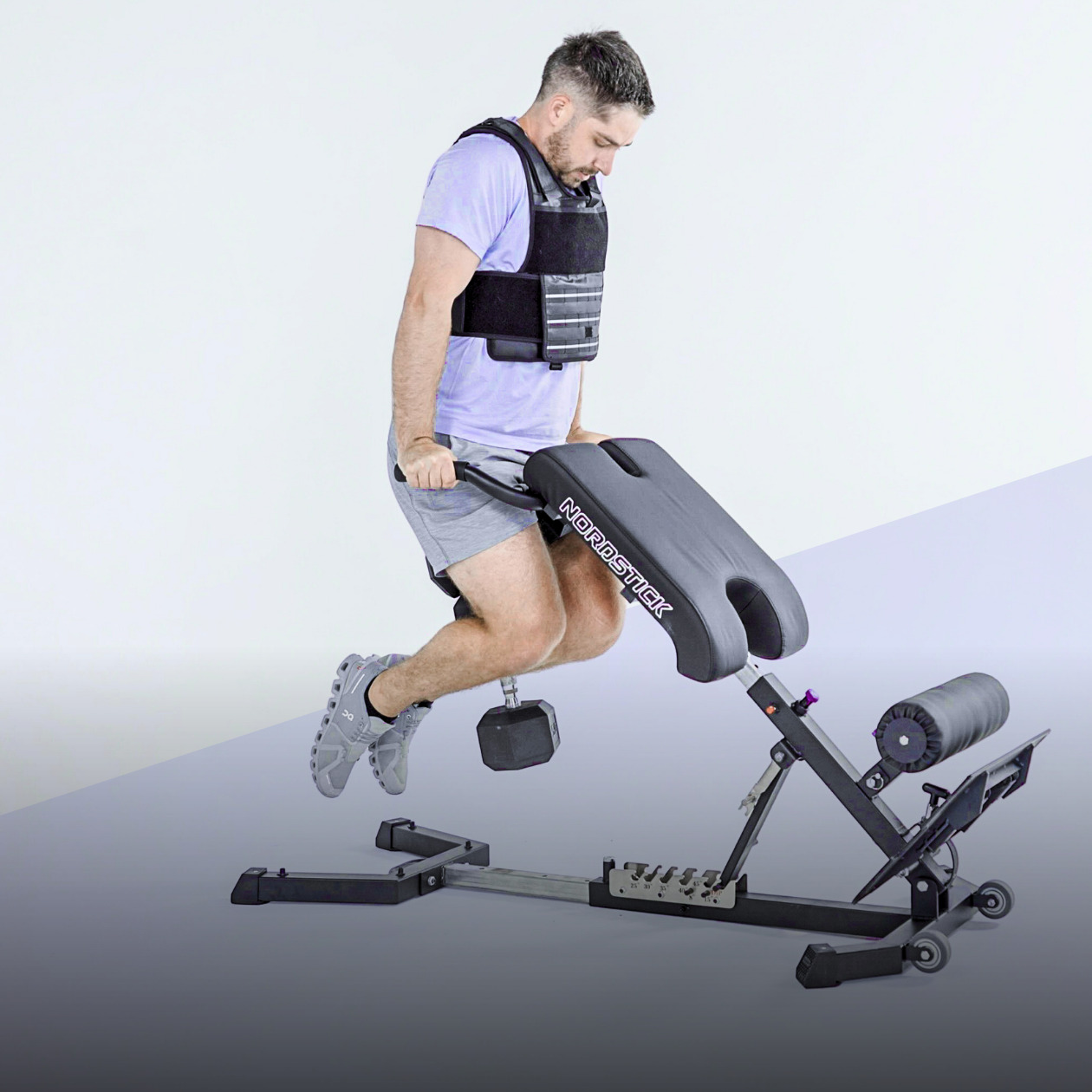

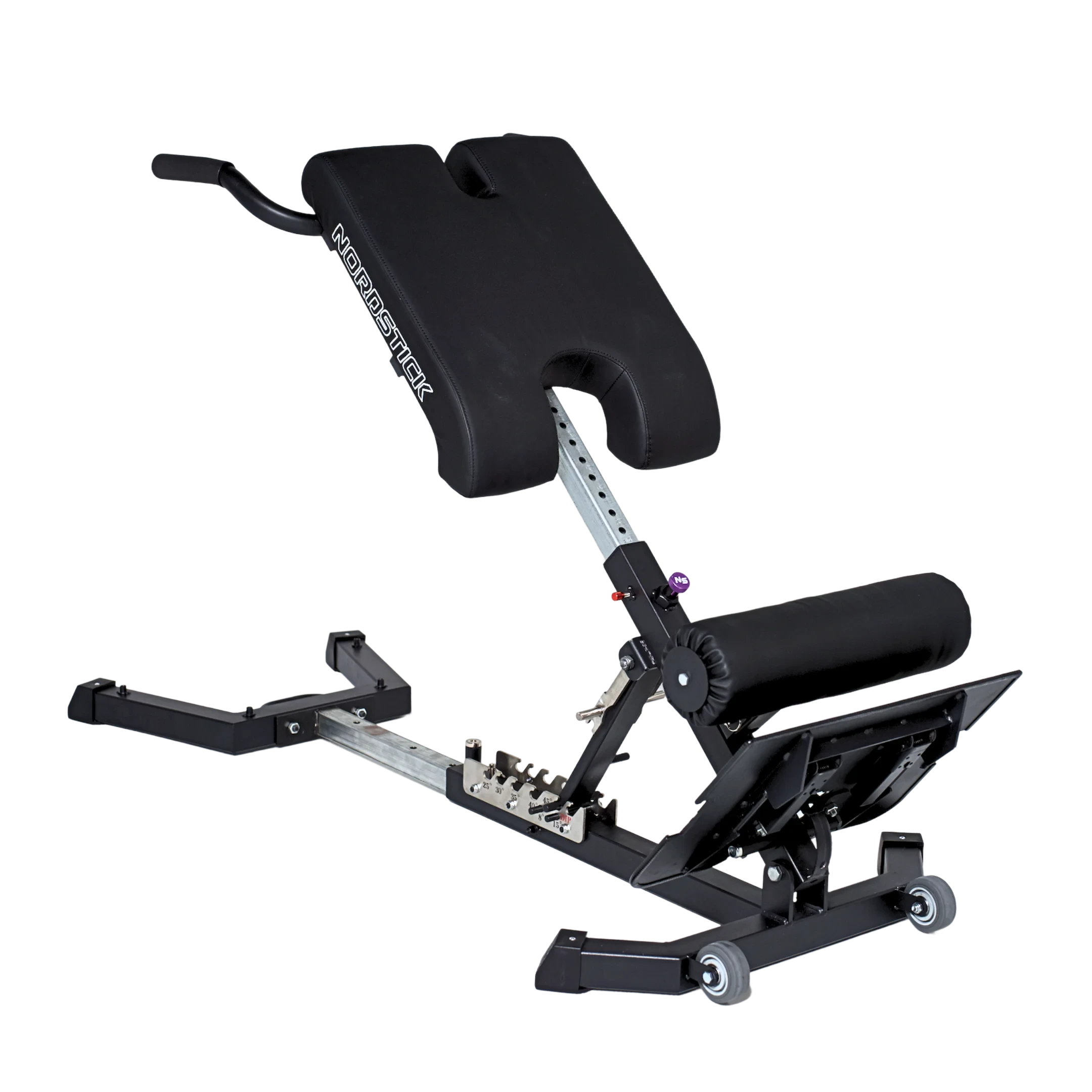
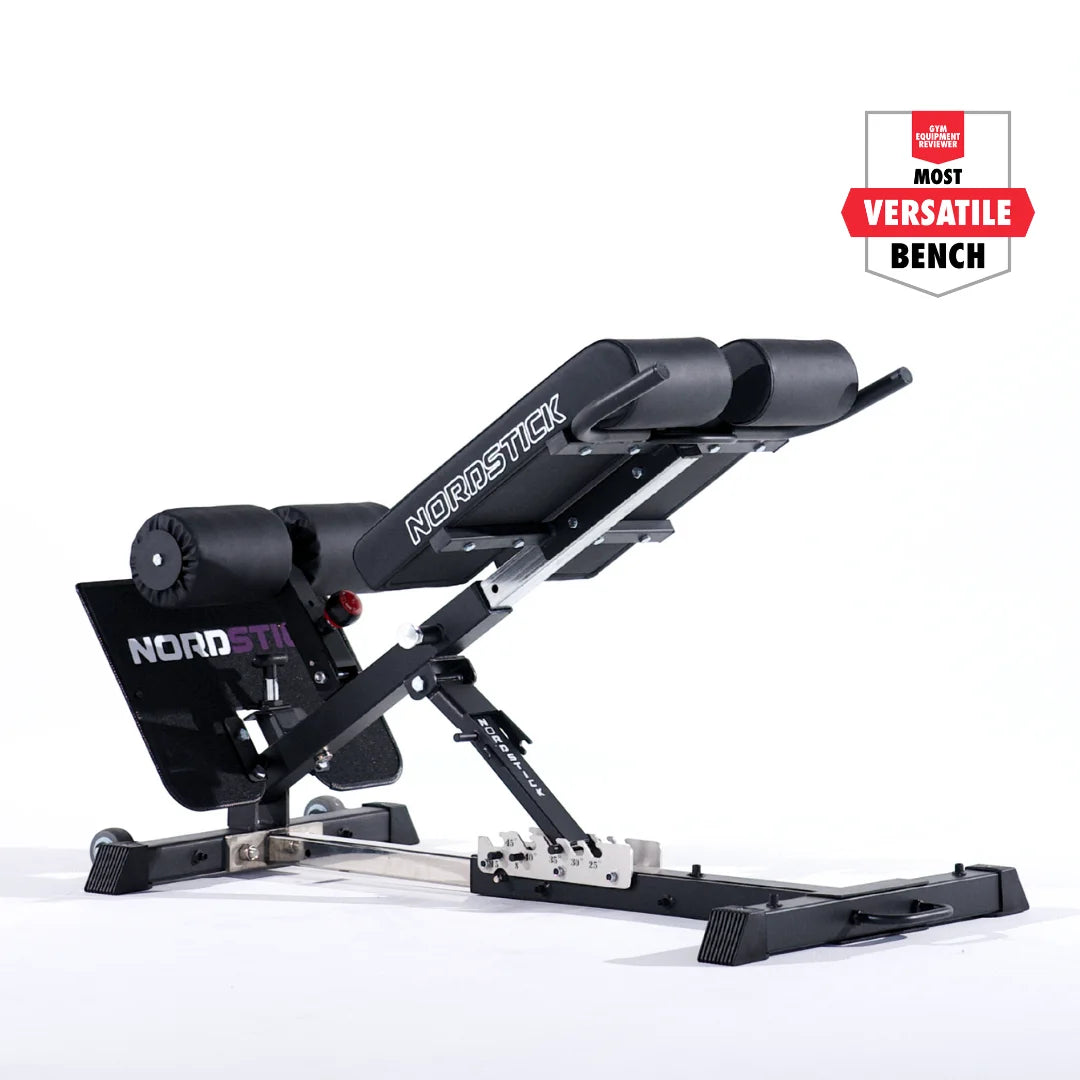





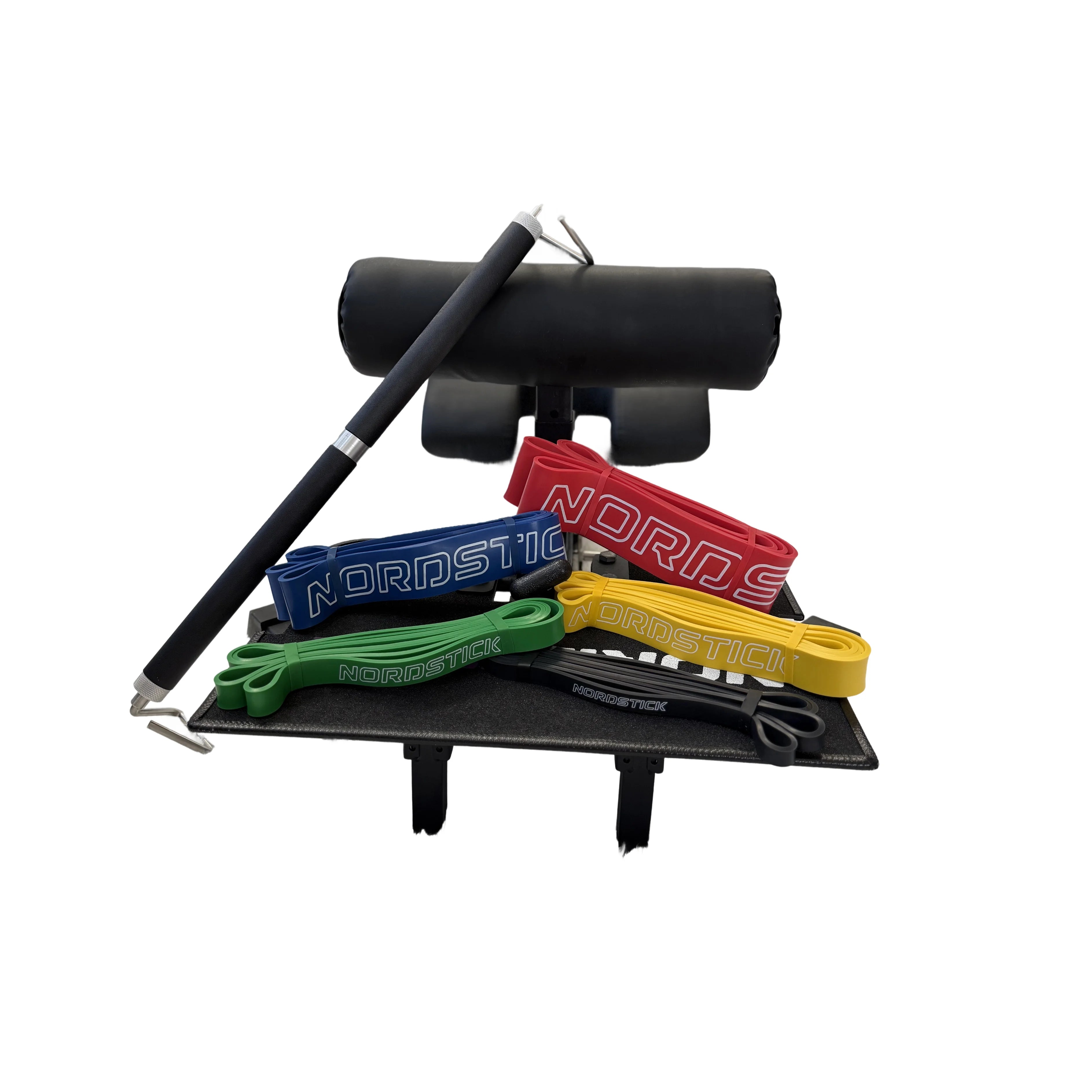

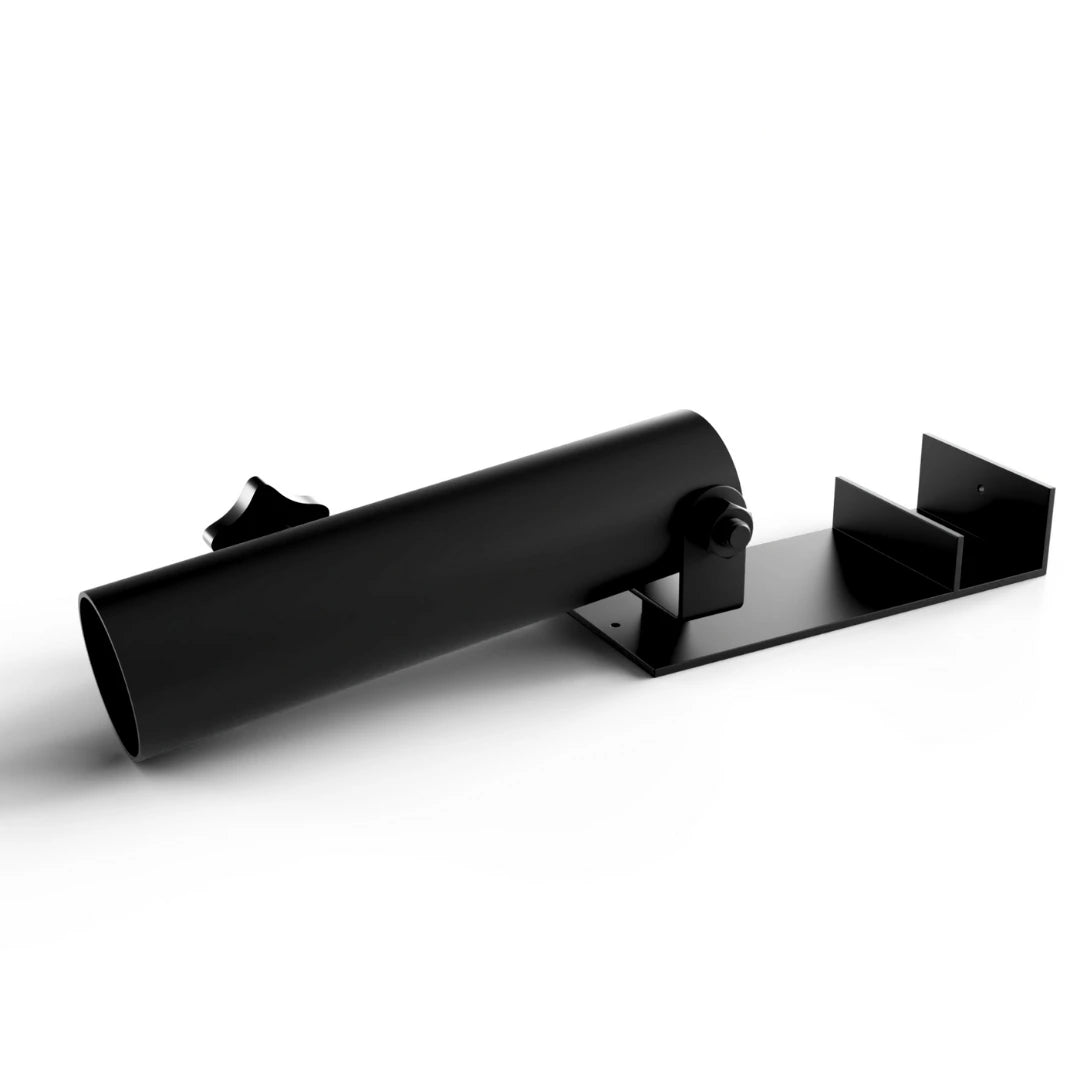
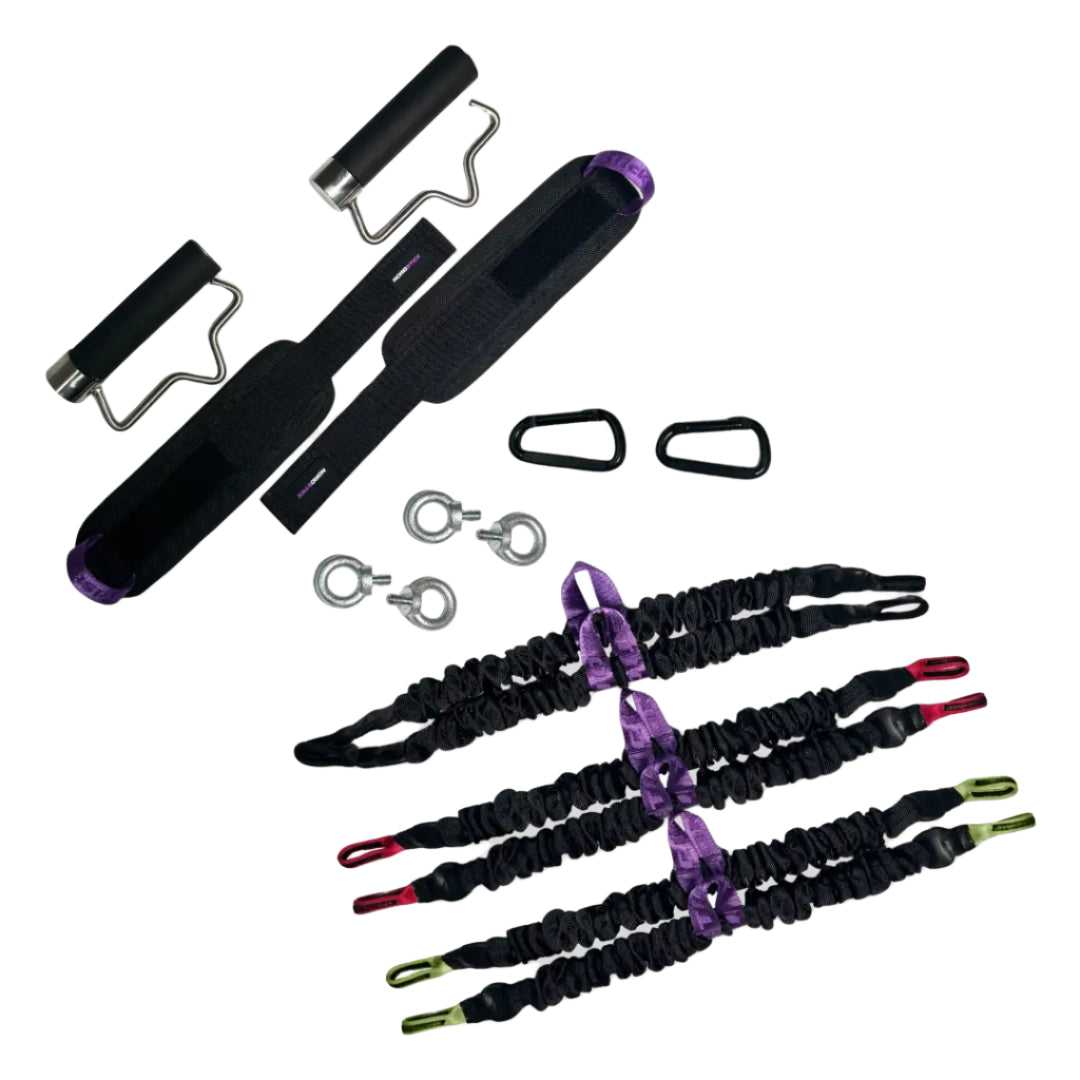




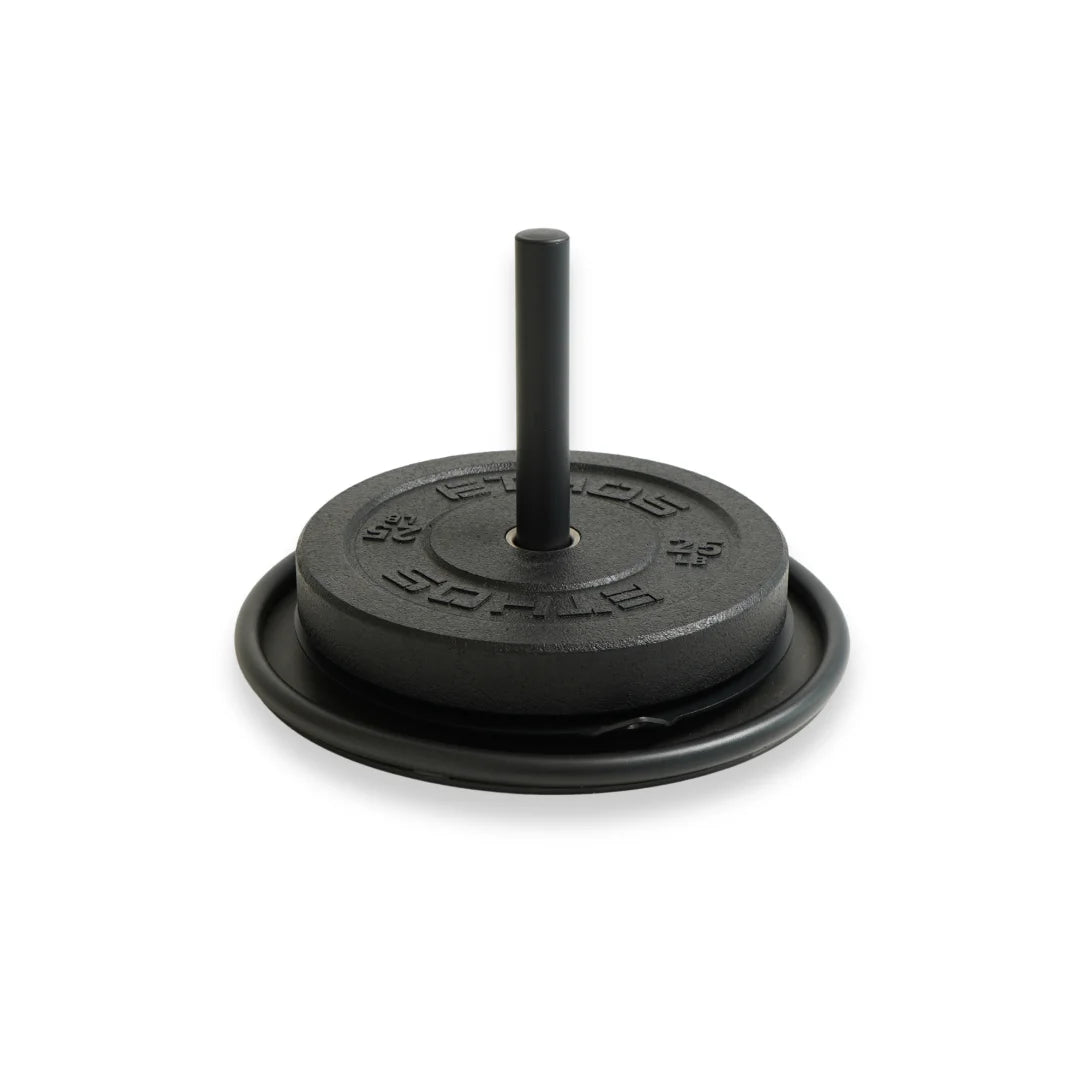
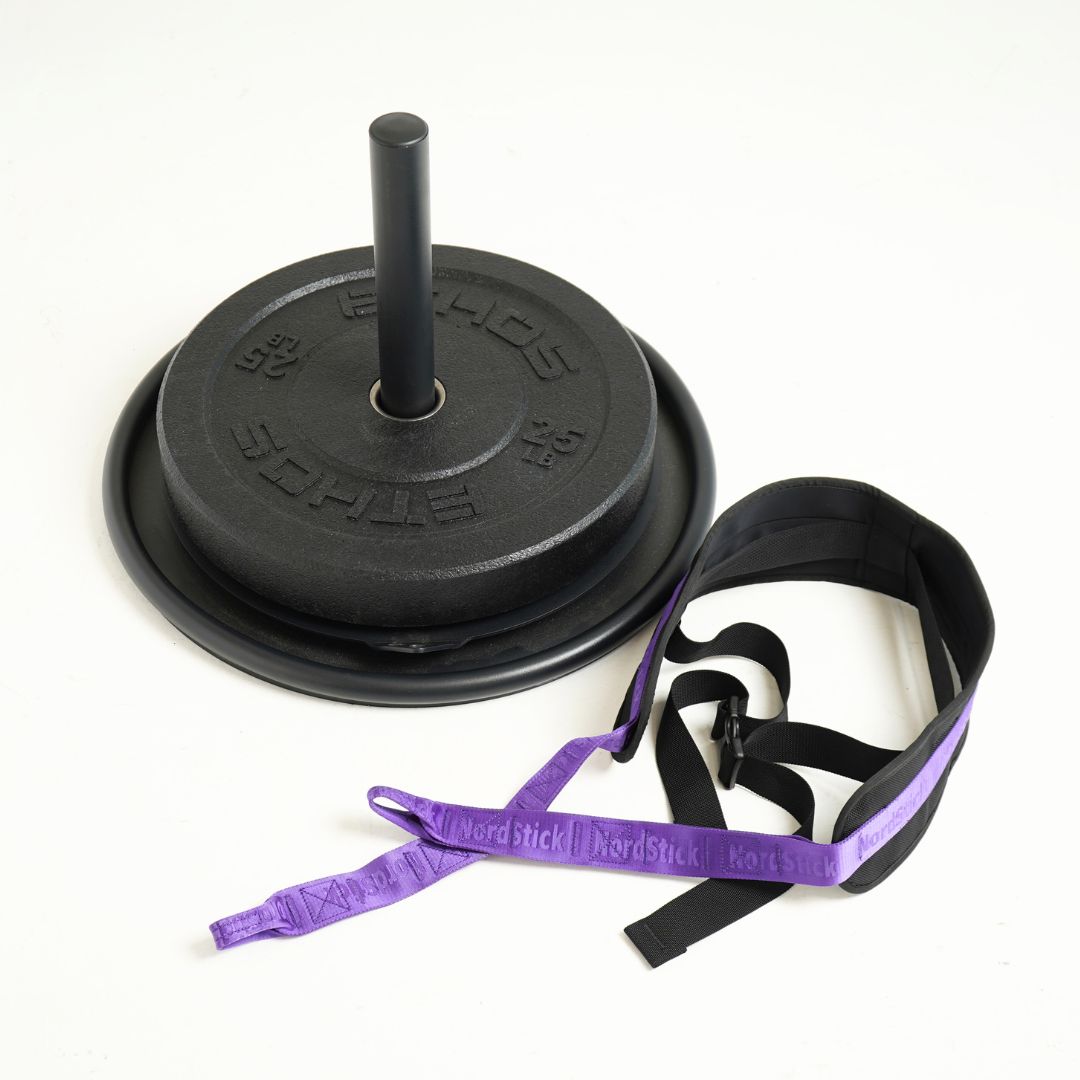
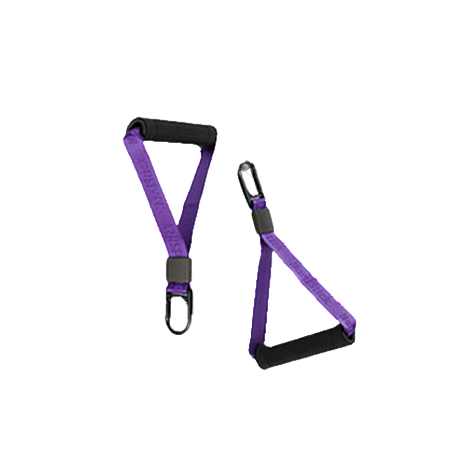
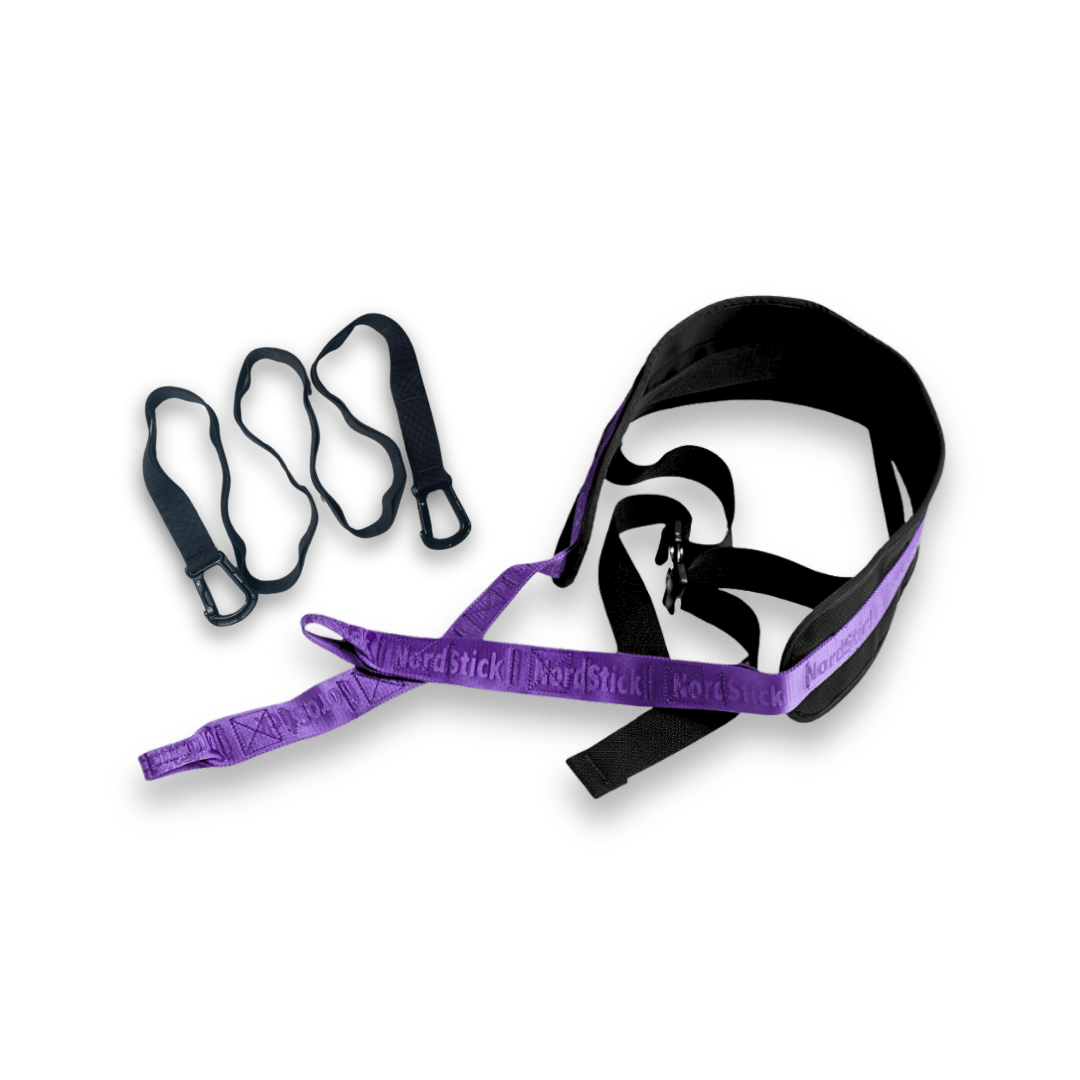











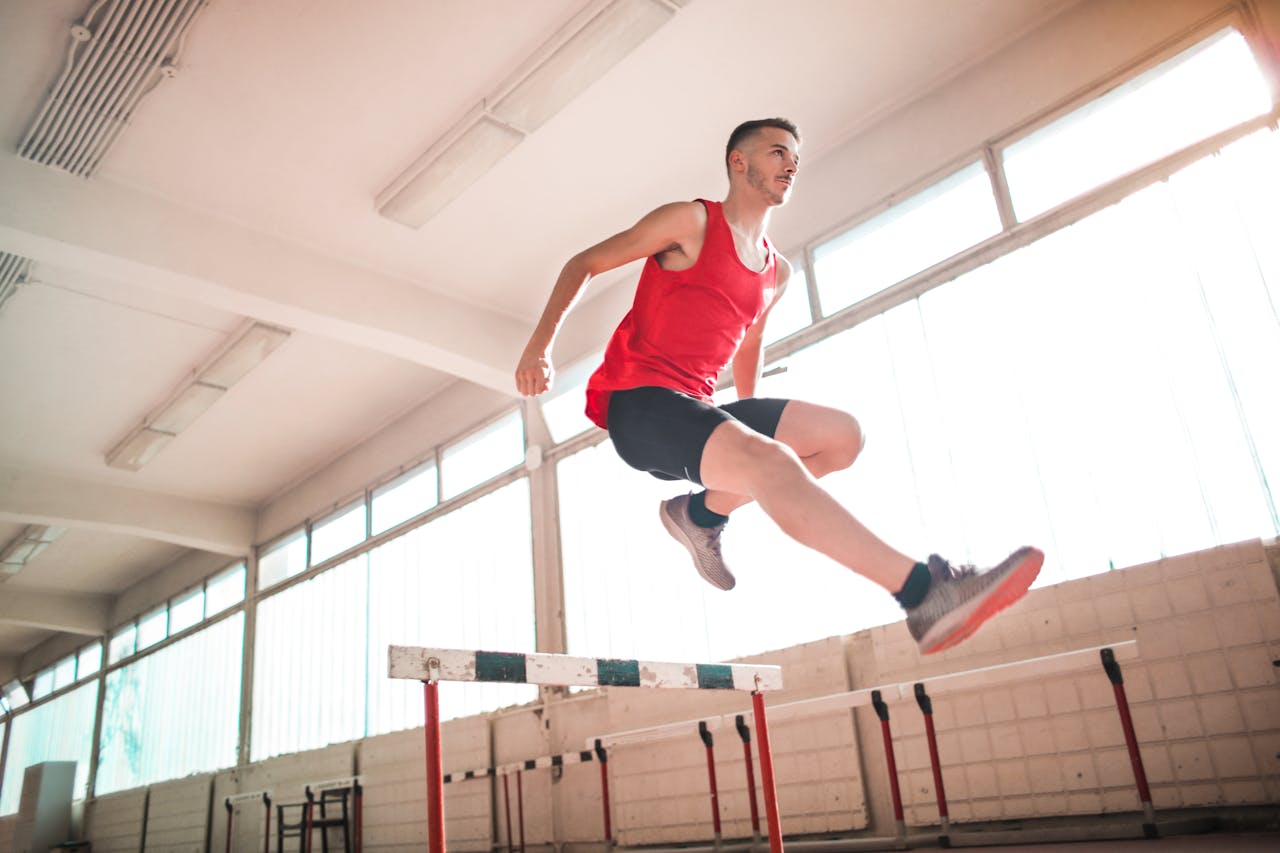

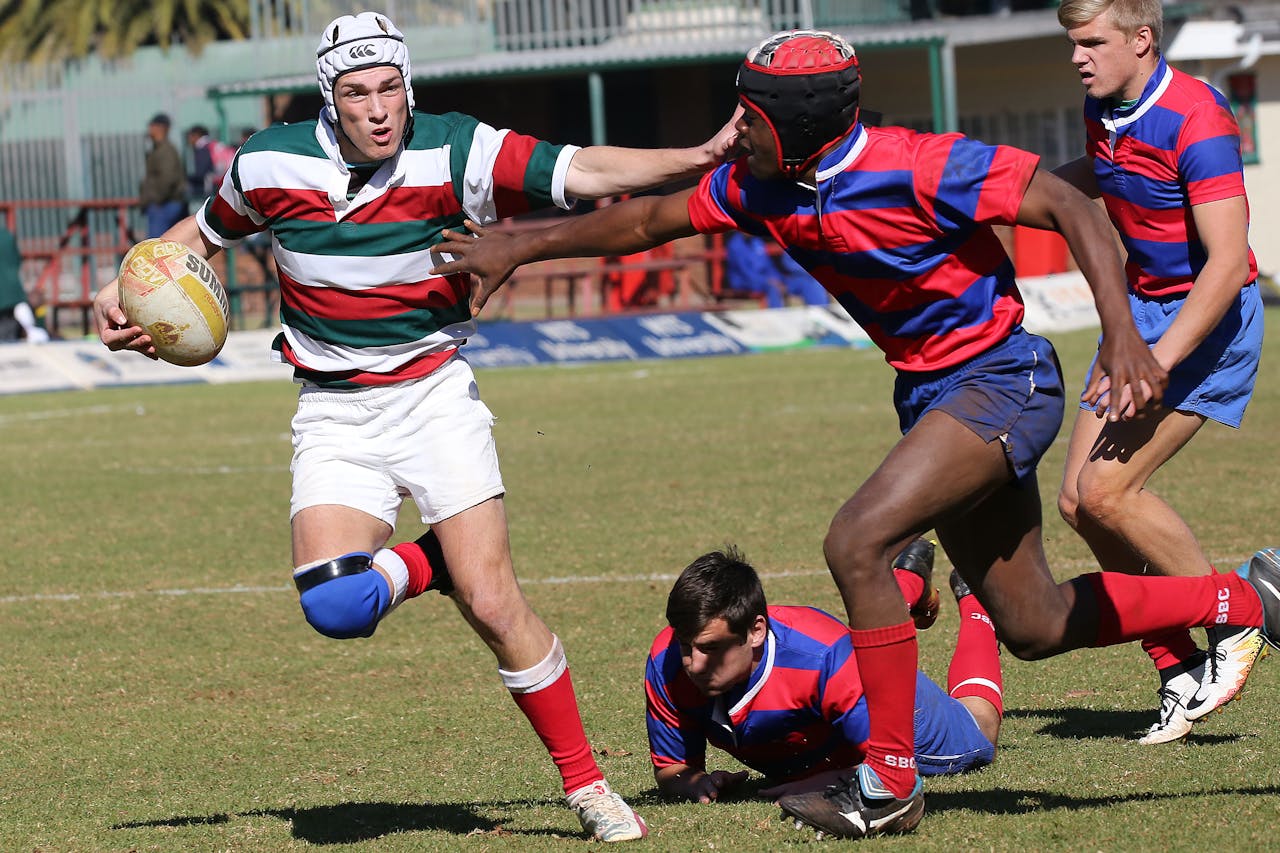
Leave a comment
This site is protected by hCaptcha and the hCaptcha Privacy Policy and Terms of Service apply.